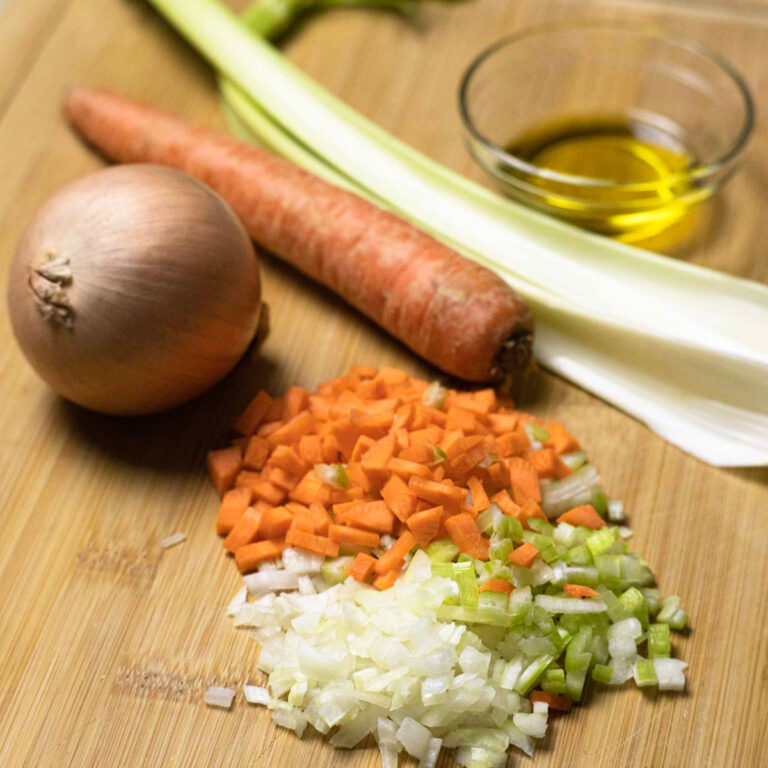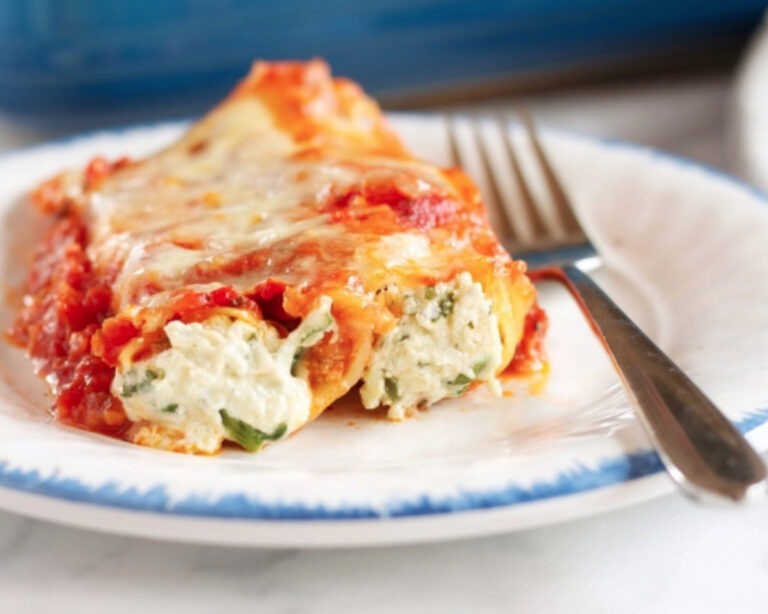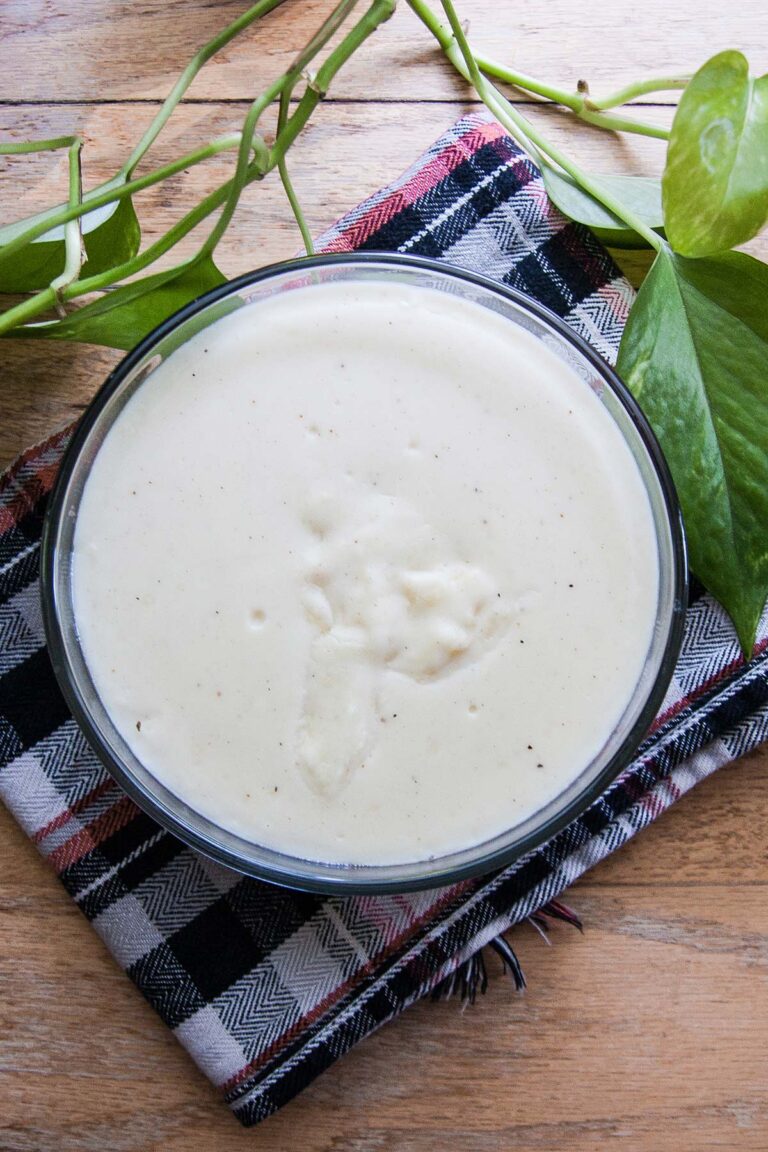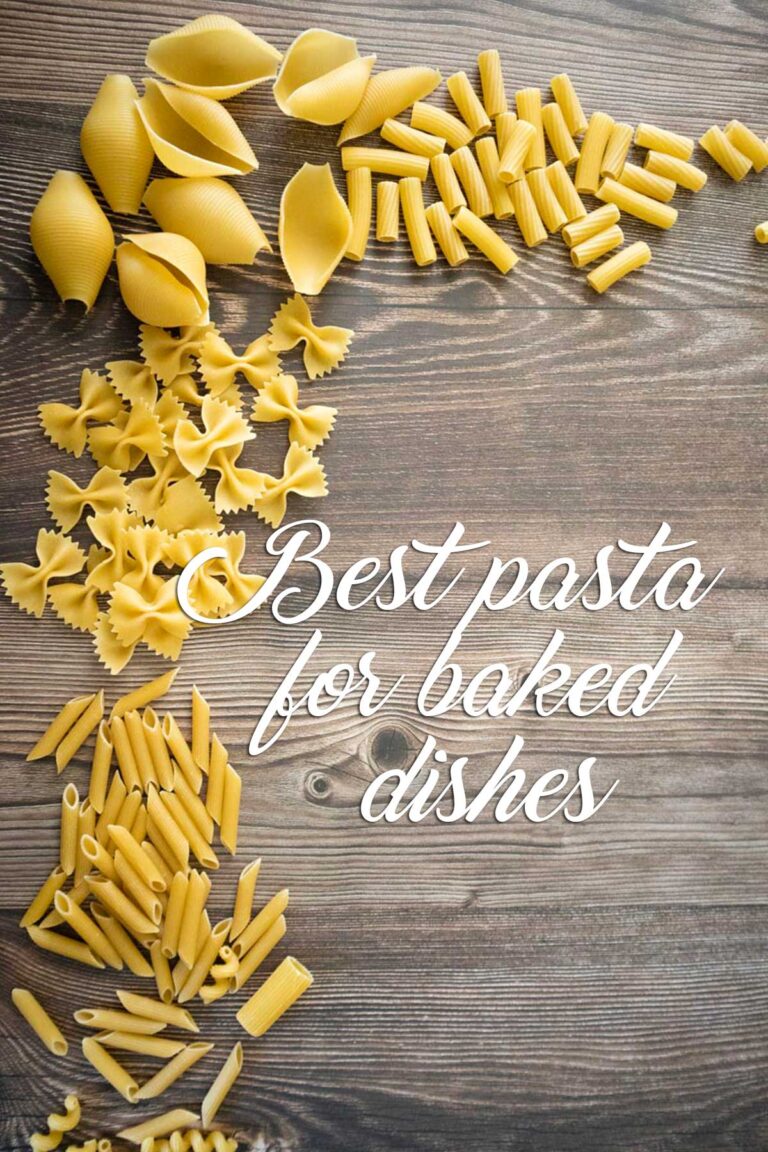Sicilian Easter cookies with eggs (cuddura cu l’ova)
This post may contain affiliate links. Please read our disclosure policy.
Jump to RecipeSicilian Easter cookies with eggs, known as “cuddura cu l’ova”, are one of the most beloved traditional cookies from Southern Italy. Crisp, fragrant, and beautifully decorated, these cookies have been passed down for generations by Sicilian grandmothers. But they’re more than just a treat, they’re a sweet gesture of love, perfect for gifting or sharing at the Easter table alongside classic dishes like baked Sicilian cassata or fried ricotta-filled pastries.

Cuddura cu l’ova, pani cu l’ovu, panareddi, pupi cu l’ova, cuddureddi, aceddu cu l’ova, these are just a few of the many names for this traditional Sicilian Easter cookie with eggs.
As a child, I spent many long afternoons in the kitchen with my mom, shaping and decorating these festive cookies. This recipe was passed down from my grandmother to my mother, and from my mother to me. Now, as I make them for my own family, I cherish the thought of passing on those same sweet memories. I hope this recipe brings a little of that joy to your home, and perhaps even becomes part of your own Easter tradition.
What is Sicilian Cuddura cu l’ova
Easter in Sicily is a celebration of scents, flavors, and beautiful traditions. From soft, handmade colombe topped with melt-in-your-mouth sugar crystals, to rich fillings like pistachio cream or Modica chocolate, the table overflows with traditional easter treats. Cookies are baked in the days leading up to Easter, ready to be shared with loved ones as we celebrate the Resurrection of Christ.
Among the most popular traditional Sicilian Easter sweets is cuddura cu l’ova, a cheerful mix of a lightly sweet milk cookie (or a buttery shortcrust pastry, if you prefer), hard boiled eggs, colorful sprinkles, chocolate candies, and sometimes even fruit-shaped marzipan, known as frutta martorana.
In Palermo, these Sicilian Easter cookies with eggs are known as pani cu l’ovu (bread with egg), while in Catania and much of eastern Sicily, they’re called aceddu cu l’ova (bird with egg).
Origin of Sicilian Easter Cookies with Eggs.
Traditionally, cuddura cu l’ova were made by young women, blessed in church on Holy Saturday, and then gifted to their fiancés on Easter Sunday.
In Sicily, the name is often pronounced “coddhura” or “coddura,” but the word itself reaches back even further in time. Its roots are believed to come from the ancient Greek word kolluros, meaning “crown”, a reference to the cookie’s round or braided shape.
In the province of Messina, you’ll often find these Sicilian Easter cookies shaped into woven rings or braided wreaths, a nod to both their symbolic meaning and the bread-like dough often used in the recipe. That’s why they’re sometimes also called Easter bread.
Ingredients for Cuddura cu l’ova
Like many beautiful recipes from the Sicilian tradition, cuddura cu l’ova, Sicilian Easter cookies are made with just a few simple ingredients and an easy process that anyone can follow.
Here’s what you need to know about the ingredients before you start:
Lard: the traditional version of these Sicilian Easter cookies uses lard, which gives the dough its signature flakiness and rich flavor. If you don’t like using lard, you can swap it out with an equal amount of butter. You can also use oil, but reduce the amount by about 20%. For example, if the original recipe calls for 100g of lard, you can use 100g of butter or about 80–90g of vegetable oil.
Sugar: White sugar is traditional, but you can use brown sugar, stevia, or erythritol if you’re looking for a lighter version.
Baker’s Ammonia (ammoniaca per dolci): This old-fashioned leavening agent is still widely used in Italian baking. It makes the cookies super light and helps them stay fresh longer. The downside? It has a strong smell while baking, but don’t worry, it disappears completely and doesn’t affect the flavor. You can also use regular baking powder instead. The cookies will be softer but slightly less crisp.
Milk: You can replace this with water if needed.
Sprinkles for decorating: feel free to get creative, use chopped nuts, pistachio crumbles, shredded coconut, or mini chocolate chips instead.
Fruit-shaped marzipan (frutta martorana): this is optional, but adds a festive and traditional touch.
Did you know? That strong smell from baker’s ammonia is totally normal and only happens during baking, after it evaporates and won’t linger in your cookies!
How to make Sicilian Easter Cookies with Eggs (Cuddura cu l’ova)
Before You Start Mixing
About an hour before you begin, place 6- 8 eggs in a large pot of water and bring it to a boil. Once the water reaches a rolling boil, let the eggs cook for 5 more minutes. Then turn off the heat, remove the pot from the stove, and run the eggs under cold water to cool. Set them aside, you’ll use them later to decorate your cuddura.
Making the cookie dough
You can make the dough by hand or using a stand mixer. In the bowl of a stand mixer (or in a large mixing bowl), combine the flour, sugar, and a pinch of salt.
Add the lard (or butter), then mix in two whole eggs and the zest of one lemon.
Begin mixing the dough using the dough hook attachment, just a couple of turns to start.
In a small cup, dissolve the baker’s ammonia in one tablespoon of milk. Once dissolved, pour it into the mixing bowl and continue kneading the dough.
If the dough feels too dry, add a tablespoon of milk at a time. There’s no exact amount here. It depends on your flour. Italian most used is flour 00, but you can use all purpose flour.
The cookie dough should be soft but not sticky. When you press it gently with your finger, it should hold an imprint without sticking to your skin.
Let the dough rest for about 30 minutes before rolling it out.
Once rested, transfer the dough to a floured surface. Use a rolling pin to roll it out into a sheet about 1/2 inch thick.
TIP. If your baker’s ammonia has been sitting in your pantry for a while, don’t worry. It might form little clumps over time, but its leavening power lasts for years. Just dissolve it in milk before using. It’ll work just fine!
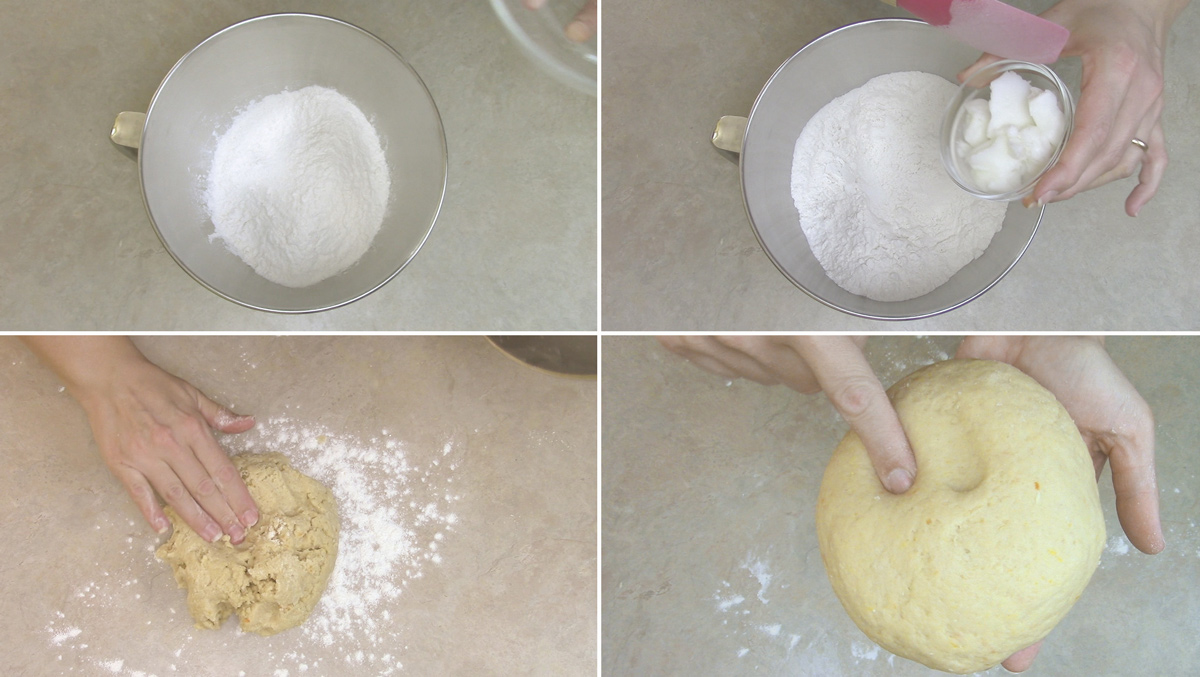
Shaping Your Cuddura cu l’ova
Now comes the fun part: shaping your Sicilian Easter cookies with eggs! You can get creative here. Traditional shapes include doves, bells, eggs, and baskets.
Once you’ve shaped your dough, place the cookies on a baking sheet lined with parchment paper. Brush the surface with a little milk, then gently press a hard-boiled egg (slightly moistened) into the center of each cookie base.
To help keep the eggs in place during baking, cut a few thin strips of dough to lay across the eggs like a criss-cross. I like using a pastry cutter wheel to create 1 centimeter-wide decorative strips, it adds a pretty touch.

In a small bowl, beat one fresh egg, add a teaspoon of water. Using a pastry brush, lightly brush the surface of each cuddura with the egg wash.
Now it’s time to decorate! Sprinkle with colorful sugar sprinkles (diavoletti) or chocolate sprinkes. Skip the chocolate chips or other meltable decorations at this stage, they’ll melt in the oven. Stick to oven-safe sprinkles for now.
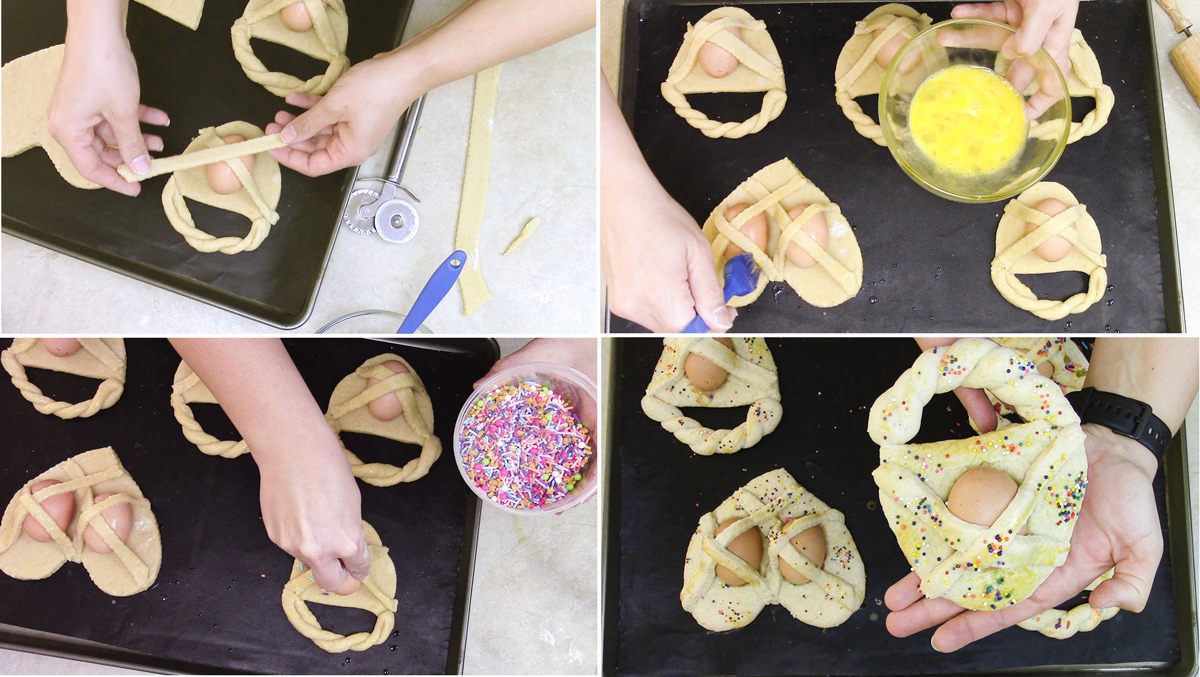
Baking your italian Easter cookies
Preheat your oven to 365°F (or 180°C) using static (non-convection) setting.
Bake your cuddure for 25–30 minutes, or until the bottoms start to turn a light golden brown.
Once they’re done, take them out of the oven and let them cool on the baking sheet for about 5 minutes. Then transfer them to a wire rack to cool completely.
TIP. Wait until the cookies are fully cooled before adding any extra decorations like melted chocolate or edible decorations—this helps everything stick better and keeps the colors from running.
How to make attach decorations on the cookie
In a small bowl, add two tablespoon of powdered sugar. And add one tsp of water and mix with a spoon. If the powdered sugar is still too dry add more water, one teaspoon at the time, until you get a white, dense, sticky paste.
Use this paste to attach your decorations to the cuddura. Just apply a small amount of sugar glue where you want to place your chocolate eggs or sugar sprinkles, then gently press the decoration on top.
Let it dry. The powdered sugar will firm up and hold the decorations in place. If you want something stronger, you can use a milk glaze or royal icing to attach the decorations.
Decorate your pupa cu l’ova with mini chocolates, jelly beans, filled eggs, or frutta martorana.
Storing the cuddura cu l’ova and make ahead
You can prepare the cuddura several days in advance or make them fresh.
I usually prepare them at home on Holy Thursday. Then I pack them in teats clear bags or plastic wrap, and keep them to give away at Easter. Stored this way, the cuddura cu l’ova will stay good for up to 7 days.
After 7 days, they will become dry milk cookies, which can still be enjoyed by dipping them in milk. Delicious! Also, since the eggs are cooked twice, they can easily last several days without spoiling.
How to serve Italian Easter Cookies
You can serve them in so many beautiful and meaningful ways. For your Easter table, consider placing one at each guest’s plate, wrapped in clear cellophane and tied with a pastel ribbon, instantly turning a simple cookie into a thoughtful favor. They also look stunning displayed on a large tray or cake stand, adding color and charm to your dessert spread.
Cuddure are perfect with a hot cup of coffee or tea after Easter lunch, or even for a sweet breakfast on Easter morning. Children love them, not only for the colorful sprinkles and decorations, but also because they can crack open the hard-boiled egg in the center, a fun little surprise inside a treat.
If you’re hosting Easter brunch, these cookies double as decor and dessert, making your table feel extra festive. And because they hold up well, you can make them ahead and deliver them to friends or neighbors as a sweet Easter surprise.
No matter how you choose to serve them, cuddura cu l’ova will bring a touch of Sicilian warmth and joy to your celebration, and maybe even start a new tradition in your home.

How to attach the eggs to the cookie dough
Usually, it’s enough to wet the eggs to stick them properly to the base. But sometimes, if you’re having trouble, you can brush the base of the cookie with milk, place the boiled egg, and then use strips of dough arranged in a cross pattern on top of the egg. Press and seal the dough at the edges of the cookie shape.
For the cuddura cookie shapes
You can shape your cuddura in countless ways: a dove, a small bell tower, a bunny, a braided handbag, a basket, or round like tradition dictates. There’s no limit to creativity when it comes to cuddura cu l’ova.
Templates: you can search online for templates, print them out, and cut them from cardboard or paper. Place the template on the rolled-out dough and use it to cut the shapes.
Classic Braid: break off a golf ball sized piece of dough. Roll the dough into a rope of about ½ inch thick and 15-16 inches long. Fold in half and twist. Join both ends to form a circle. Push the egg in the center of the dough. Place on the prepared baking sheets.
Variations
Edible decorations: you can use chocolate candies, jelly beans, crystalized sugar, raisin, chocolate carrots, and filled eggs.
Extra flavour: add pure vanilla extract to the cookie dough before kneading. You can also use orange zest if you prefer a orange scent to your cookies.
Decorations: use a fluted pastry wheel to create decorative strips.
In Sicilian bars and pastry shops, it’s easy to find frutta martorana, made with marzipan (almond-based). One of the best-known pastry shops in the Catania area, which I believe is worth mentioning, is the bakery name “Pasticceria Russo” in the town of Santa Venerina, in the province of Catania. Pasticceria Russo boasts a long and remarkable Sicilian tradition and produces frutta martorana according to the ancient Sicilian traditions that have been passed down for decades.

F.A.Q.
It is recommended to add the sugar sprinkles before baking. Adding them afterward can be tricky.
To make them stick to the cuddura, simply brush the cookie with raw egg, sprinkle the sugar on top, and bake.
The static oven is more than sufficient for baking the cookies. The egg is already precooked, so there is no risk of it remaining raw inside.
If you want to use the convection mode, remember that you’ll need to shorten the baking time. The regular baking time is 30 minutes, but I recommend checking frequently, especially after 20 minutes of baking, to avoid burning the sides.
Wrapped in plastic wrap or clear cello bags, the cuddura cu l’ova will stay good for up to 7 days. You can also store it in an airtight container.
Yes, traditionally the eggs are hard boiled before being added to the cuddura. This ensures they’re fully cooked and safe to eat once the cookies are done baking. The dough typically bakes for about 25–30 minutes, which isn’t always enough time to cook a raw egg, especially if it’s large or extra-large.
If you do decide to use raw eggs, be sure to use medium or large eggs only, and keep in mind there’s a risk they may not be fully cooked through by the end of the baking time.
More favourite Easter recipes!
Try my guide for coloring Easter eggs and have fun getting creative in the kitchen!

Sicilian Easter cookies with eggs (cuddura cu l’ova)
Equipment
Ingredients
For the Milk Biscuit Dough
- 4 cups Flour
- 1 cup sugar
- ¼ cup lard
- 2 large eggs
- 1¾ tsp Baker's ammonia (Ammonium Carbonate)
- Milk as needed
- Grated zest of 1 lemon
For Decoration
- 6 hard-boiled eggs in their shells
- 1 fresh egg to brush the cuddure
- Colored sprinkles for decoration
- Chocolate sprinkles
- Small chocolate eggs for garnish
- 1 tsp of room temperature water
Instructions
Before Making the Dough – About One Hour Before
- Fill a large pot with water and add 6–8 eggs. Make sure the water covers the eggs by at least 2 inches.
- Let the water come to a boil.
- Once the water is boiling, cook for about 5 minutes.
- Turn off the heat, remove the eggs, and cool them under cold water. Set aside.
Making the Cuddure Dough
- In the bowl of a stand mixer, add the flour, sugar, and salt.
- Add the lard.
- Add the two whole eggs and the grated lemon zest. Start mixing with the dough hook.
- Mix the baking ammonia and a tablespoon of milk in a small cup. Dissolve the ammonia, then add it to the stand mixer bowl and continue working the dough.
- Add tablespoons of milk if needed. The dough should be compact but not too stiff.
- There is no exact amount of milk, as it depends on the flour used. I prefer to focus on the dough's consistency. It should be soft but not sticky.
- Transfer the dough to a floured surface.
- Use a rolling pin to roll the dough to a thickness of about 1 centimeter.
- Shape the dough into your desired forms – dove, bells, eggs, baskets.
- Place the bases on a parchment-lined baking sheet.
- Place the slightly dampened hard-boiled eggs on top of the dough.
- It's a good idea to create strips of dough to place over the eggs to keep them in place while baking. Use a pasta cutter wheel for decorative wavy edges.
- In a bowl, beat a fresh egg with a fork.
- Use a food brush to brush the surface of the cuddure.
- Decorate with colorful sugar sprinkles or sugar beads.
Baking instructions
- Bake at 365 °F for 25-30 minutes or until the base starts to brown.
- Once the cuddure are ready, let them cool.
- In a small bowl, place the powdered sugar. Add water until you get a thick, sticky paste.
- Use the paste to stick your decorations to the cuddure. Simply place a drop of sugar glue where you want the chocolate eggs or sprinkles, then place the decoration on top.
- Let cool. The powdered sugar will firm up, holding the decorations in place.
Notes
Nutrition
Please note that nutritional values are created by an online calculator and should only be used as an estimate.

